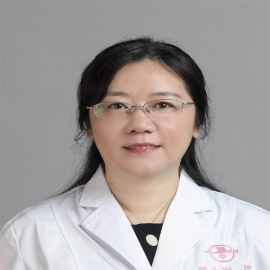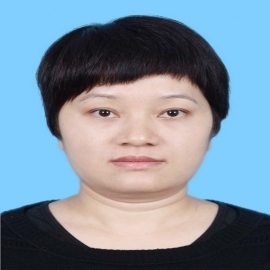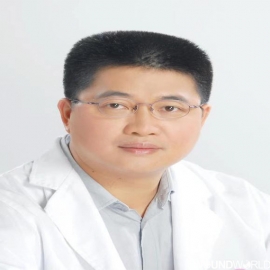
伤口世界
电子邮件地址: 该Email地址已收到反垃圾邮件插件保护。要显示它您需要在浏览器中启用JavaScript。

- 星期三, 04 9月 2019
张艳
专业特长:擅长各种肿瘤及外周血管疾病的介入治疗,在华南地区率先开展外周动脉疾病腔内治疗,包括主髂动脉闭塞腔内治疗、髂股胭动脉及膝下球囊血管成形术、动脉斑块旋切术、血管腔内流变除栓术、双向:会师等技术完成各类复杂病变的诊治。

- 星期三, 04 9月 2019
降四高的“处方表格”!高血压、高血脂、高血糖、高尿酸,再不迷茫!
- 星期三, 04 9月 2019
疤痕可以自我恢复吗?
相信很多人都看过《金刚狼》这部电影。
那部电影中,吸引人的不仅仅是狼叔健硕的肌肉和刀锋般的钢爪,还有就是狼叔无论怎么受伤都可以自我修复的能力。
那么现实生活中,疤痕到底可以自我修复吗?

- 星期三, 04 9月 2019
王存川
在腹腔镜减肥与糖尿病等手术、腔镜甲状腺手术、腹腔镜结直肠癌手术(特别是低位直肠癌保肛)、腹腔镜胃癌手术、腹腔镜疝修补手术、腹腔镜肝切除手术、腹腔镜胆道手术和腹腔镜胰脾手术等方面处于国内领先、并部分达到国际先进水平。暨南大学附属第一医院(广州华侨医院)医生,教授,主任医师,博士,博士生导师,现任广州华侨医院副院长、胃肠外科主任、普通外科主任、微创外科中心主任、大外科副主任,暨南大学润良微创外科研究所所长。
